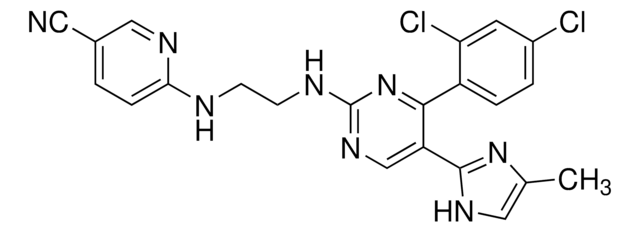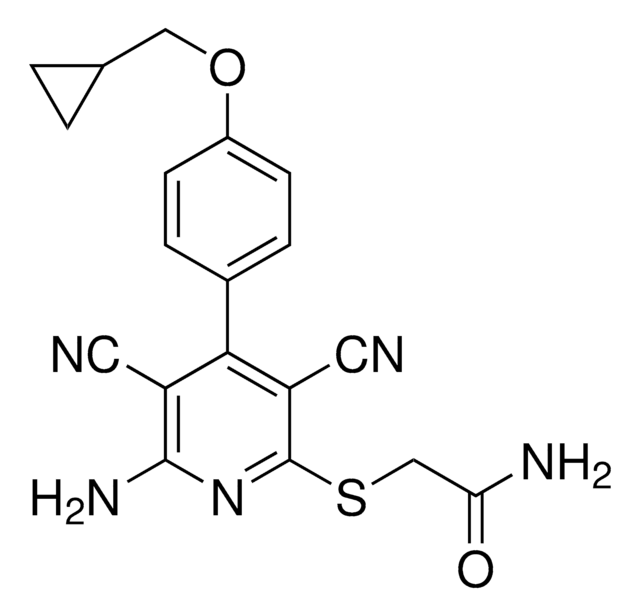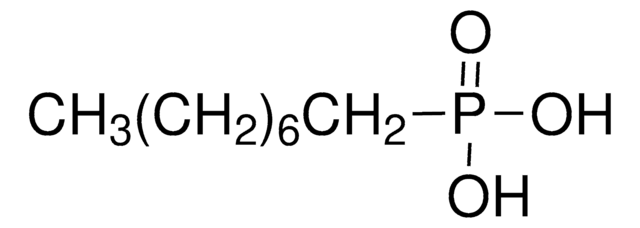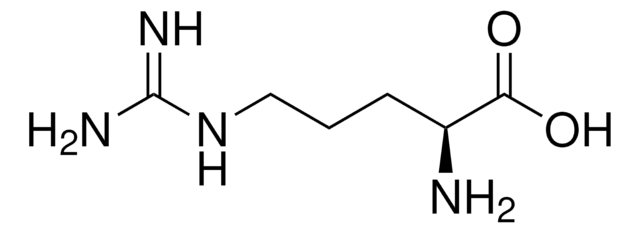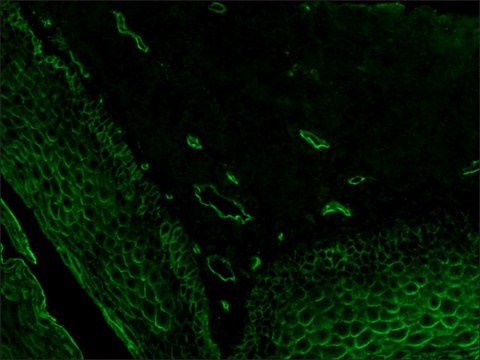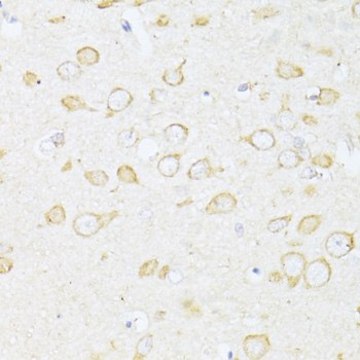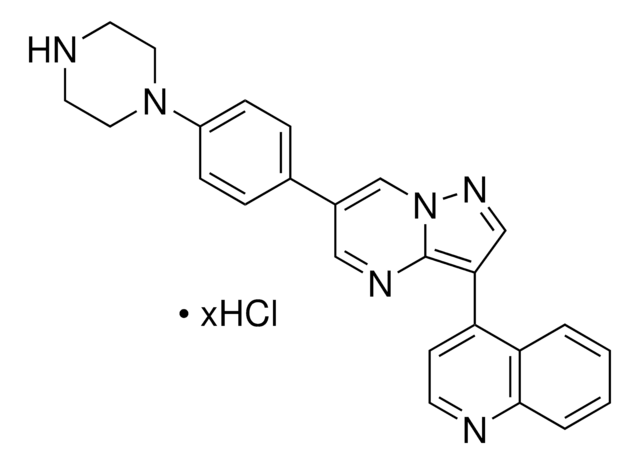All Photos(1)
About This Item
Empirical Formula (Hill Notation):
C68H122N20O18
Molecular Weight:
1507.82
UNSPSC Code:
12352204
NACRES:
NA.32
Recommended Products
Product Name
Syntide 2,
Assay
≥95% (HPLC)
form
lyophilized
composition
Peptide Content, ≥75%
storage condition
protect from light
storage temp.
−20°C
Storage Class Code
11 - Combustible Solids
WGK
WGK 3
Flash Point(F)
Not applicable
Flash Point(C)
Not applicable
Regulatory Information
新产品
Choose from one of the most recent versions:
Certificates of Analysis (COA)
Lot/Batch Number
Don't see the Right Version?
If you require a particular version, you can look up a specific certificate by the Lot or Batch number.
Already Own This Product?
Find documentation for the products that you have recently purchased in the Document Library.
Sudhir Kumar et al.
mBio, 12(6), e0257521-e0257521 (2021-11-03)
Gametocytes of the malaria parasite Plasmodium are taken up by the mosquito vector with an infectious blood meal, representing a critical stage for parasite transmission. Calcium-independent protein kinases (CDPKs) play key roles in calcium-mediated signaling across the complex life cycle
Lushuang Huang et al.
Analytical chemistry, 92(1), 640-646 (2019-12-04)
The analysis of low-volume samples provides valuable insight into complex biological systems. However, the proteomic and metabolomic analysis of low-volume samples remains challenging due to the lack of simple, efficient, and reproducible microsampling techniques. We have developed an electrospray-assisted device
Nathália Rocco-Machado et al.
The Journal of biological chemistry, 298(11), 102579-102579 (2022-10-12)
Calcium/calmodulin-dependent protein kinase II δ (CaMKIIδ) has a pivotal role in cardiac signaling. Constitutive and deleterious CaMKII "autonomous" activation is induced by oxidative stress, and the previously reported mechanism involves oxidation of methionine residues in the regulatory domain. Here, we
Our team of scientists has experience in all areas of research including Life Science, Material Science, Chemical Synthesis, Chromatography, Analytical and many others.
Contact Technical Service
